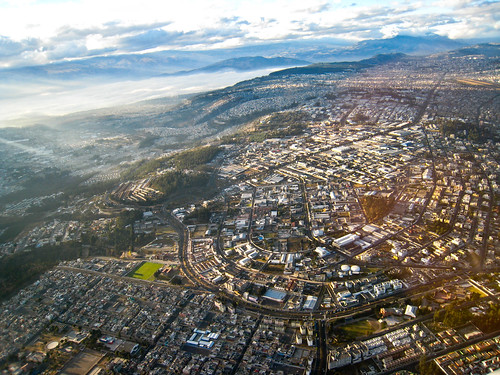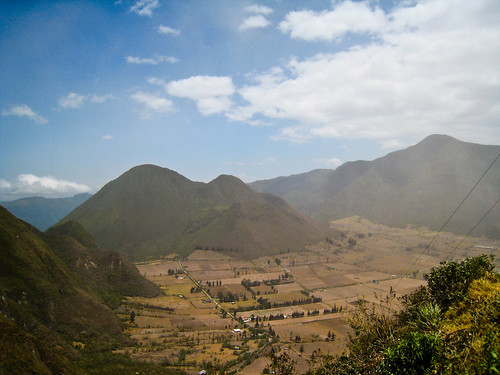In the web and software development world there has been a saying that the “tools don’t make the developer”, meaning the tools I use to write software do not affect the outcome as much as my abilities as a programmer. Over the years we have seen more and more technology pushed into the classroom under the camouflage of making life easier for teachers and improving student’s learning. I would submit that we’ve actually done the opposite, we have created a monster that requires technology to do the simplest of tasks. Education needs to learn from the software world and understand that the tools don’t make the student.
There are basic skills that students need to have to succeed in middle school and high school and if they choose, college. A lot of the skills have to do with fundamentals, basic math, reading, and writing. With the fundamentals in place, it is not hard to expand and continue the learning process. The issue facing schools now is wanting to expose students to technology and “easier” ways of completing tasks leading to a drop in the student’s ability to do such tasks without the technology. A basic example of this is calculators in elementary school. Why is that needed? If students are not able to do basic math without the use of a calculator, they need to retake the class. Using the excuse that a student is, “just not good at math”, is a terrible way to go forward. If that particular student does not learn how to do long division now how are they ever going to master geometry or calculus?
This is not a bashing of technology, it is simply a wakeup call. When I learned to create webpages I was using the most basic of tools, Windows Notepad. I struggled with aspects of the code, but the tool never helped me and because of that, I would argue I am a better developer.
I’m hoping this topic, Technology and Education, will become a regular one on the site.





